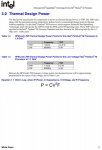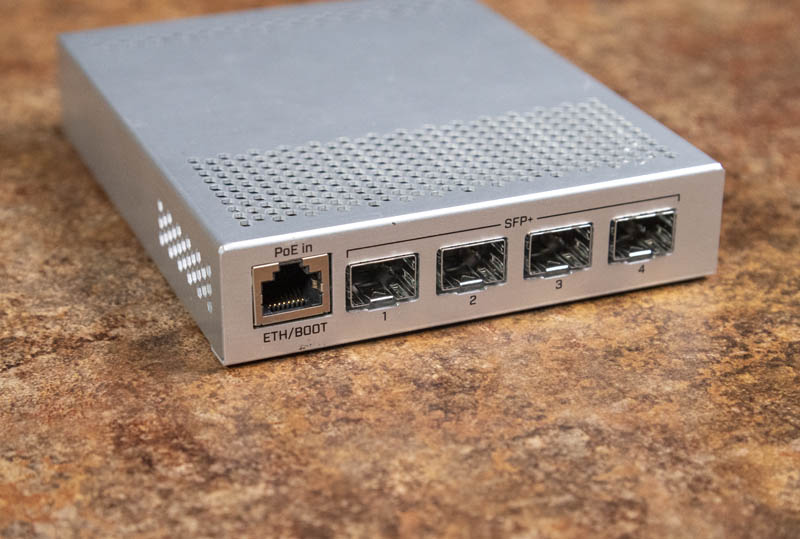while you two still figure out who is having the longest, may I drop a white paper issued by Intel into the ring of 40+ years old.

Formula to calculate TDP:

where C is capacitance, f is frequency, and V is voltage.
"...The Intel power specification for components is known as Thermal Design Power, or TDP. The TDP value, along with the maximum junction temperature, defines Intel’s recommended design point for thermal solution capability. ..."
Source (page 5):
so what do we see here, main value for TDP is voltage and frequency. Intel stipulated very clear it is for thermal solution capability.
In case we can differentiate from this work done or computer bits calculated, would this be a very interesting story and worth to dig in.

Formula to calculate TDP:

where C is capacitance, f is frequency, and V is voltage.
"...The Intel power specification for components is known as Thermal Design Power, or TDP. The TDP value, along with the maximum junction temperature, defines Intel’s recommended design point for thermal solution capability. ..."
Source (page 5):
so what do we see here, main value for TDP is voltage and frequency. Intel stipulated very clear it is for thermal solution capability.
In case we can differentiate from this work done or computer bits calculated, would this be a very interesting story and worth to dig in.

